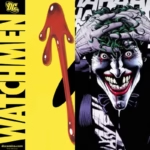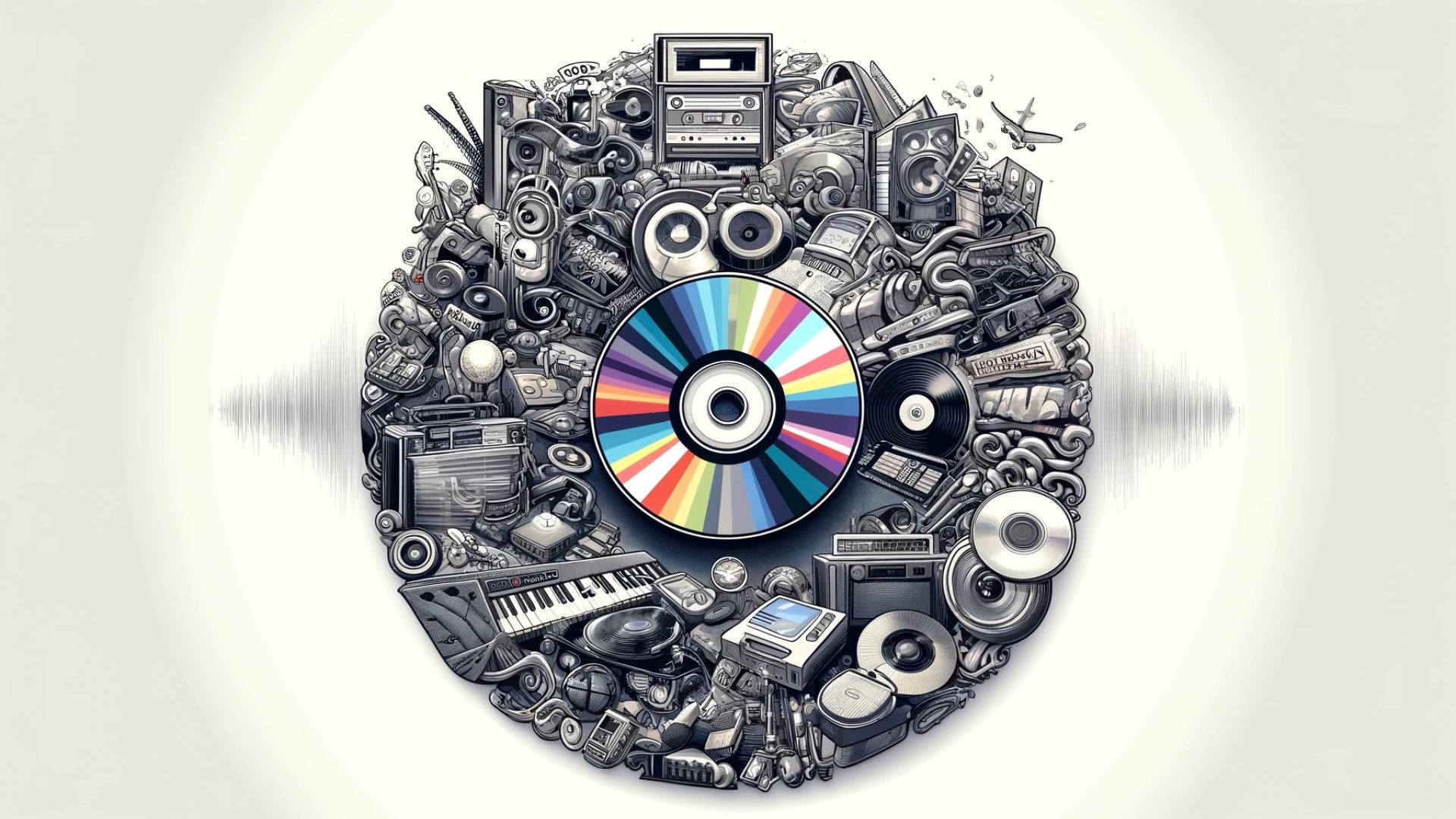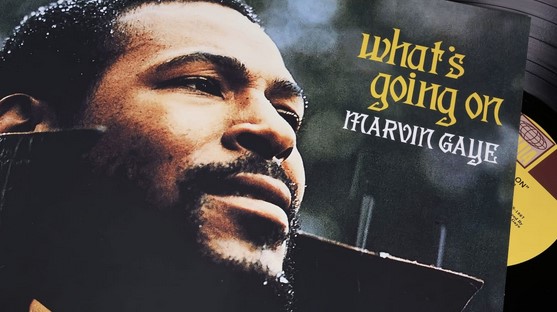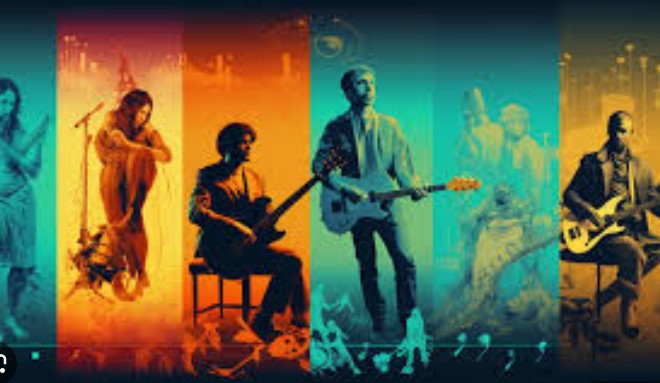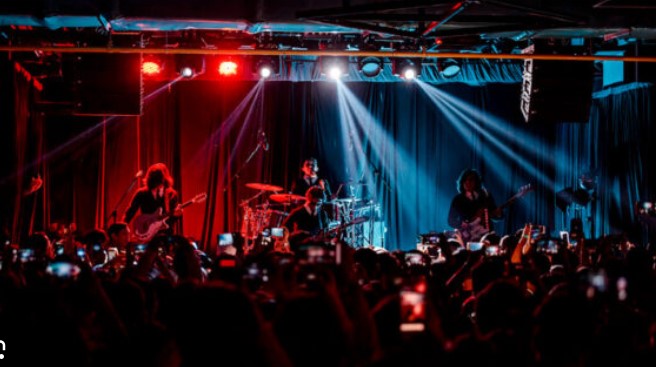Music videos have transformed from simple promotional tools to intricate visual masterpieces that are integral to the music industry. Over the decades, they have evolved from basic performance clips into complex, artistic expressions that tell stories, convey emotions, and even influence fashion and culture. Today, a well-crafted music video can be as impactful as the song itself, sometimes even outshining the track in terms of popularity.
In this article, we will delve into the creative evolution of music videos, from their early days to their role in modern pop culture. We’ll explore how they have shaped the music industry, the artistic innovations that have occurred along the way, and how today’s videos push the boundaries of visual storytelling.
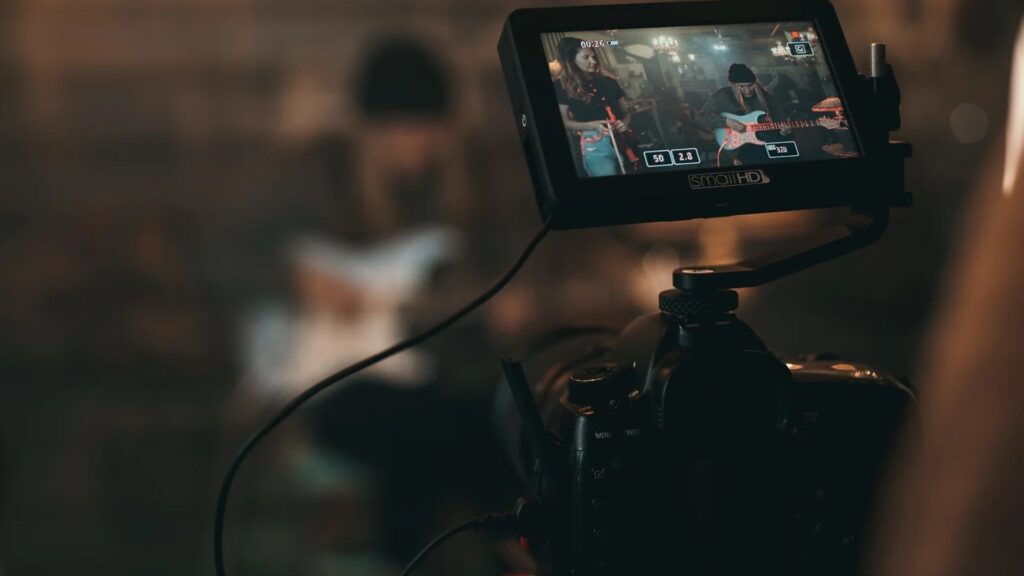
The Birth of the Music Video: A Marketing Tool
The music video, as we know it, began to take shape in the late 1950s and early 1960s. Initially, music videos served as promotional tools for artists to showcase their songs on television without performing live. These early “promotional clips” were relatively simple, usually consisting of artists performing the song in a static, straightforward setting.
The Beatles and “A Hard Day’s Night” (1964)
One of the most significant milestones in the development of music videos was the release of The Beatles’ A Hard Day’s Night. While not a traditional music video by modern standards, the film showcased a conceptual approach to filming music, blending narrative and performance. This movie set the stage for the idea that music could be enhanced by visuals that were as creative and engaging as the songs themselves.
- Impact: This approach to combining music with film influenced future music video directors and artists, laying the groundwork for more experimental video styles.
Early Promotional Videos (1960s-1970s)
Throughout the 1960s and 1970s, artists began using music videos as a way to promote their singles, especially in markets where they couldn’t tour. The Beatles continued to push boundaries with their innovative promotional films like Strawberry Fields Forever (1967), which incorporated surreal visual effects and narrative elements. Other artists, including David Bowie and The Rolling Stones, followed suit, crafting promotional clips to accompany their hits.
- Tip: These early works began to show that a music video could be more than just a promotional tool—it could also be a platform for artistic expression.
The Rise of MTV and the Music Video Boom (1980s)
The real turning point for music videos came in the early 1980s with the launch of MTV (Music Television). MTV revolutionized the music industry by giving music videos a platform to reach millions of viewers. With a 24-hour channel dedicated to music videos, the way artists presented their music was forever changed. Music videos became a central part of an artist’s branding and an essential aspect of their success.
Michael Jackson and “Thriller” (1983)
Perhaps no music video embodies the creative evolution of the medium more than Michael Jackson’s Thriller. Directed by John Landis, the Thriller video was a groundbreaking 14-minute short film that told a complete story while also showcasing impressive choreography, special effects, and a cinematic quality that hadn’t been seen before. The video’s influence extended beyond music, setting new standards for what a music video could achieve both artistically and commercially.
- Impact: Thriller showed that a music video could be as elaborate as a movie, and it raised the bar for narrative and visual storytelling in music videos.
The Art of Visual Innovation
During the 1980s, directors like David Fincher and Spike Jonze began to experiment with unique visual techniques and editing styles. Music videos from artists like Madonna, Prince, and Duran Duran showcased dazzling costumes, cutting-edge special effects, and intricate choreography. Videos became a place to experiment with fashion, set design, and visual effects, reflecting the growing influence of popular culture.
- Impact: Music videos became a powerful tool for image-building, allowing artists to present themselves in unique, often over-the-top ways that resonated with fans.
Conclusion
The evolution of music videos has been a journey of creativity, experimentation, and cultural influence. From the early promotional clips to the visually stunning short films of today, music videos have become a powerful art form in their own right. They have shaped the way we perceive music, fashion, and popular culture, and they continue to push the boundaries of storytelling and technology. As new technologies like VR and AR emerge, the future of music videos looks even more exciting, offering endless possibilities for artistic expression and audience engagement. Whether you’re a casual viewer or a die-hard fan, there’s no denying the profound impact that music videos have had on music culture—and the ways they will continue to evolve in the years to come.


